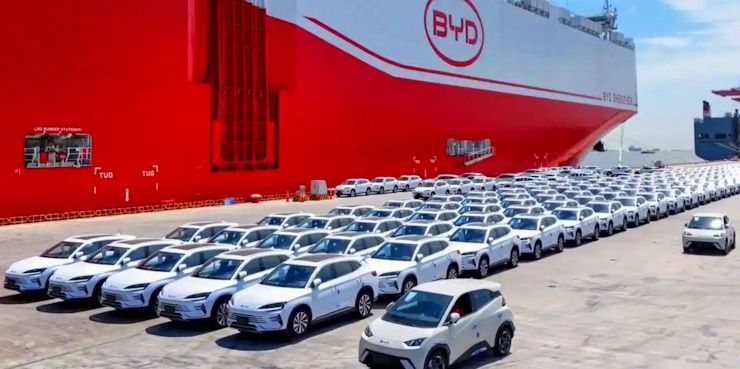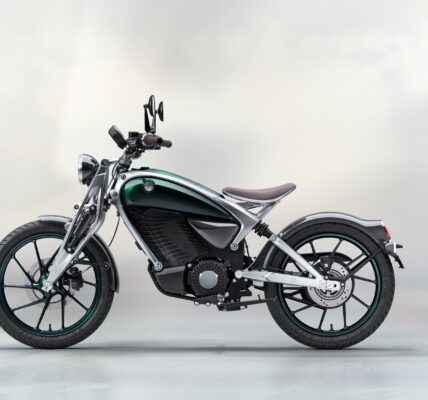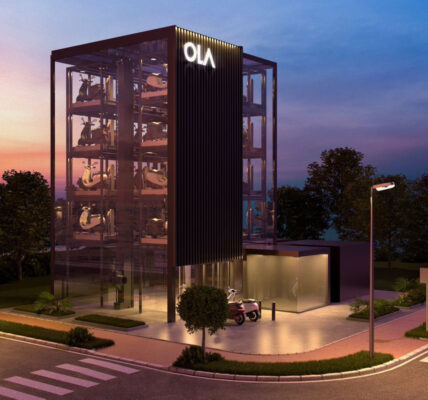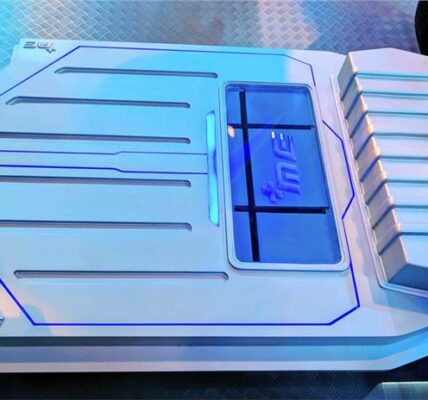The cargo ship stretching across 20 football fields worth of deck space docked at Brazil’s Itajai port in late May, carrying over 7,000 Chinese electric vehicles destined for eager buyers. Yet this impressive sight masks a brewing industrial storm that offers Delhi policymakers a crystal-clear preview of what happens when Chinese EV giants like BYD get unrestricted market access. Brazil’s experience serves as a cautionary tale that explains why the government remains steadfast in blocking Chinese automakers from enjoying easy entry through its new electric vehicle policy.
The numbers from Brazil paint a stark picture of Chinese dominance. BYD alone captured 90% of Brazil’s electric vehicle market by April 2025, selling over 76,700 vehicles in 2024, marking a staggering 328% increase from the previous year. Chinese electric car imports increased to reach 85% of Brazil’s EV sales in 2024, up from about 60% in 2023. This rapid takeover prompted Brazilian auto industry officials and labour leaders to worry that the influx would undermine domestic production and eliminate jobs.
The Security Wall That Protects Manufacturing
The government’s restrictive stance towards Chinese EV makers stems from Press Note 3 of 2020, which requires any entity from countries sharing land borders with the nation to seek government approval for investments. This policy, introduced during the COVID-19 pandemic, specifically targets opportunistic takeovers during economic vulnerability.
BYD, despite presenting a $1 billion investment proposal to manufacture electric cars and batteries, cannot access the new EV policy’s concessional 15% import duty because it cannot provide the required foreign direct investment commitment through automatic approval routes.
The policy’s stringent requirements include a minimum investment of Rs 4,150 crore ($500 million), establishment of manufacturing facilities within three years, and achieving 50% domestic value addition within five years. While these conditions appear welcoming to global players like Tesla, they effectively shut out Chinese companies that must navigate the government approval route, where applications face detailed scrutiny and indefinite delays.
Brazil’s experience demonstrates exactly what Delhi seeks to avoid. The South American nation initially exempted EVs and hybrids from a 35% import tax to encourage adoption, creating an open gateway for Chinese manufacturers. When Brazilian policymakers realised their mistake, they reinstated tariffs starting at 10% in January 2024, gradually rising to 35% by mid-2026. However, this reactive approach came too late.
Chinese automakers flooded Brazil’s ports with over 70,000 unsold vehicles, anticipating the tariff increases. BYD deployed a growing fleet of cargo ships to accelerate overseas expansion, with Brazil becoming its top target outside China. The world’s largest car-carrying vessel completed its maiden journey specifically to deliver Chinese EVs to Brazilian ports.
Brazilian domestic manufacturers, including subsidiaries of Volkswagen, General Motors, and Toyota, suddenly found themselves competing against artificially low-priced vehicles. Industry groups began lobbying the government to accelerate planned tariff increases, arguing that Chinese companies were engaging in product dumping by selling vehicles at below-cost prices.
The government’s approach reflects a broader strategy to protect and nurture domestic manufacturing capabilities. Tata Motors, which already offers the Tigor EV and Nexon EV, explicitly requested equal treatment under the FAME II scheme, emphasising the importance of localisation and affordable EVs. The company’s stance highlights concerns that preferential treatment for imports could undermine manufacturers who have invested in local production.
Recent developments show the government may ease some EV localisation rules due to China’s rare earth export curbs, but this reflects supply chain pragmatism rather than policy softening towards Chinese companies. Officials have indicated they might expedite Chinese applications in specific sectors where the nation lacks alternatives, particularly in battery technology, but automotive manufacturing is not among these priority areas.
Global Protectionism Sets the Precedent
rare earth magnets india vs china featured
The government’s cautious approach aligns with global trends. The United States maintains a 27.5% tariff on Chinese-made cars and has raised duties on Chinese electric vehicles to 100%. The European Union imposed tariffs of up to 35% on Chinese EVs, recognising the threat of market dominance. Even Canada has implemented similar measures, leaving Brazil as one of the few large markets initially accessible to Chinese manufacturers.
China’s global EV dominance is undeniable, capturing 76% of worldwide market share in October 2024. Chinese brands sold over 130,000 battery electric vehicles abroad in the third quarter alone, representing a fourfold increase compared to 2022. This expansion strategy targets emerging markets where established players have been slower to develop electric vehicle offerings.
Brazil’s struggle illustrates that once Chinese manufacturers establish market dominance through aggressive pricing and government subsidies, reversing that control becomes extremely difficult. The over 70,000 unsold Chinese vehicles clogging Brazilian ports serve as a tangible reminder of the consequences of unrestricted market access.
For policymakers in Delhi, Brazil’s experience provides the perfect justification for maintaining strict barriers against Chinese EV makers while welcoming investment from companies willing to commit to substantial local manufacturing and technology transfer.







